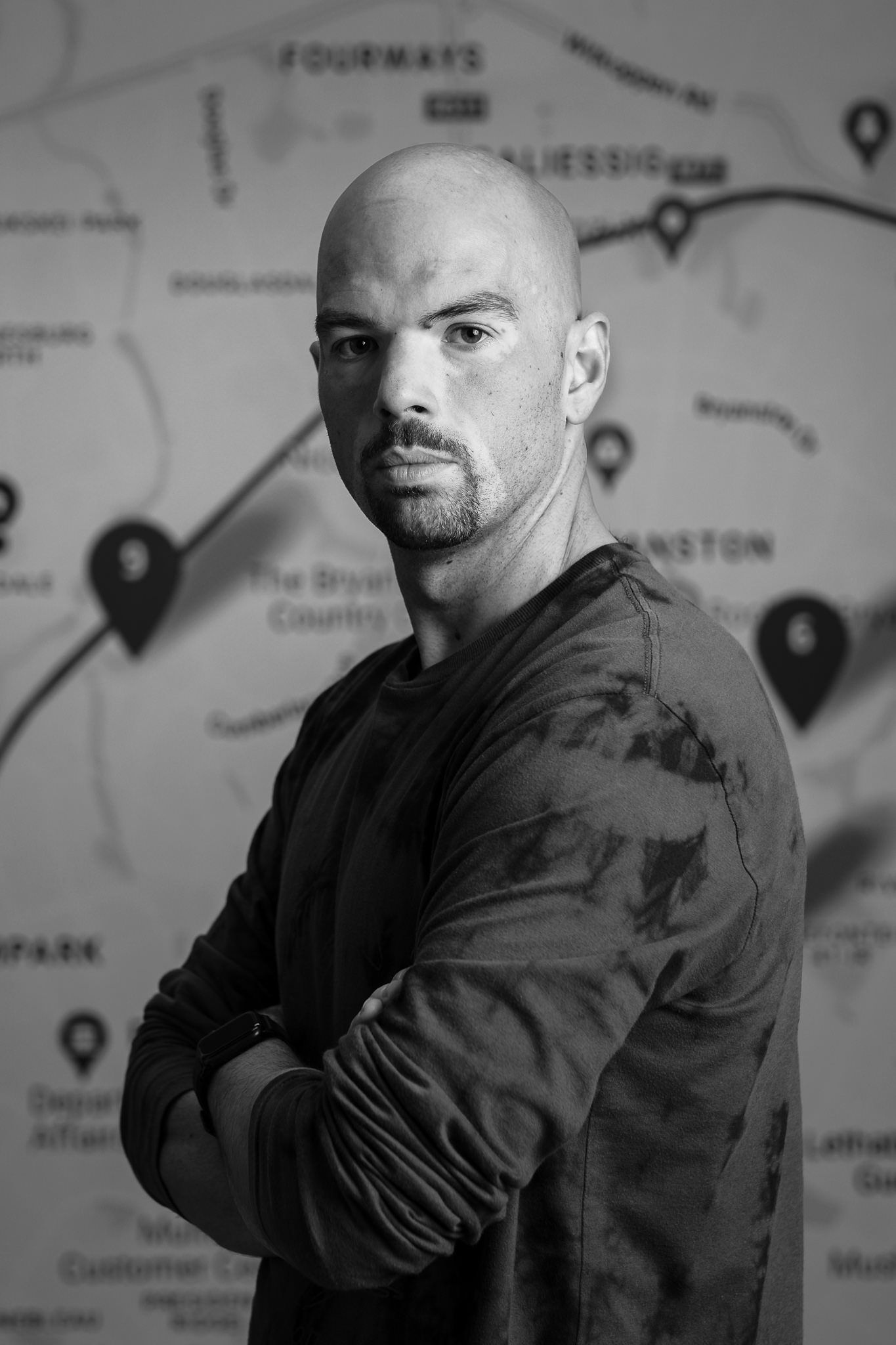How to Create Clear Decision Logs Without Slowing Down
 Reme Le Hane
Reme Le Hane
In the pace of startup life, where speed often trumps formality, it's easy to sideline documentation - especially when a piece of work doesn't feel “big enough” to warrant it. But I've learned the hard way that even small misunderstandings can cause outsized friction if we don't make our decisions visible.
One example: A developer once wrote up their own Jira ticket for a feature, loosely based on conversations we'd had. There wasn't a lot of complexity to it, so we didn't bother with a formal doc. The problem? The developer's interpretation of the requirements was off. And since nobody else reviewed the ticket, the mistake went unnoticed - even by QA, who tested against the same flawed assumptions. We only caught the issue when it came up during a live company demo.
It was a good reminder: documentation isn't just for the big stuff. And it doesn't have to be heavyweight or slow you down.
Here's what's been working for us lately:
Make the decision-making process visible, not just the outcome
We've started centralizing both the what and the why of decisions in Confluence, especially for larger projects. Business requirements, technical considerations, and planning notes all go here. Miro picks up the rest - flow diagrams, user journeys, integrations, and in some cases visual breakdowns of use-case-specific expectations.
What we've found helpful is that the doc isn't just a spec - it's a thread of thought. It tells the story of how we got here.
Don't wait for a perfect process - just start capturing what matters
We don't do formal RFCs, but we do write things down. Sometimes it's a bulleted list of tradeoffs. Sometimes it's meeting notes, design sketches, or just a short paragraph explaining a decision in the Confluence doc. That's enough.
More important than format is having a shared habit of putting these notes where people can find and reference them later.
Use tooling to reduce friction
We recently started experimenting with Google's NotebookLM - a tool that lets us load it up with our documentation, transcripts from meetings, and internal context, and then query it like a little team-specific AI assistant.
Instead of digging through notes or Slack threads, we can now ask: “What did we decide to do about use case X?” and get a response that includes who was involved, when the conversation happened, and a link back to the source material.
This has opened up new ways of keeping decisions alive across time - especially useful when onboarding new team members or revisiting work months later.
Find the right moment for sync vs async
Some decisions are best made in a meeting. We've found value in bringing different perspectives together early - it uncovers edge cases faster, aligns the team, and helps us feel ownership over the plan. But after the dust settles, we move things async: documentation, feedback, approvals. This helps prevent decisions from being locked away in someone's memory or lost in a calendar invite.
If we treat documentation as a tool for clarity rather than a chore for compliance, it becomes a force multiplier. And the best part? It doesn't need to be perfect - it just needs to be written.
Next time: The Problem with Perfect Engineers
Subscribe to my newsletter
Read articles from Reme Le Hane directly inside your inbox. Subscribe to the newsletter, and don't miss out.
Written by
